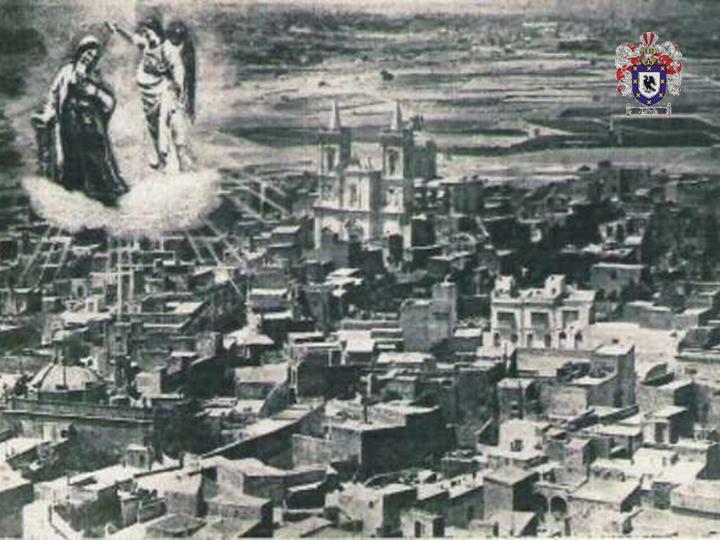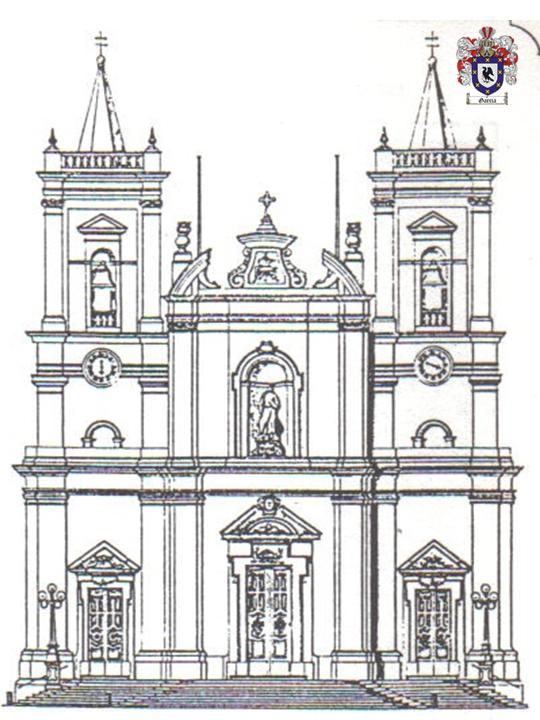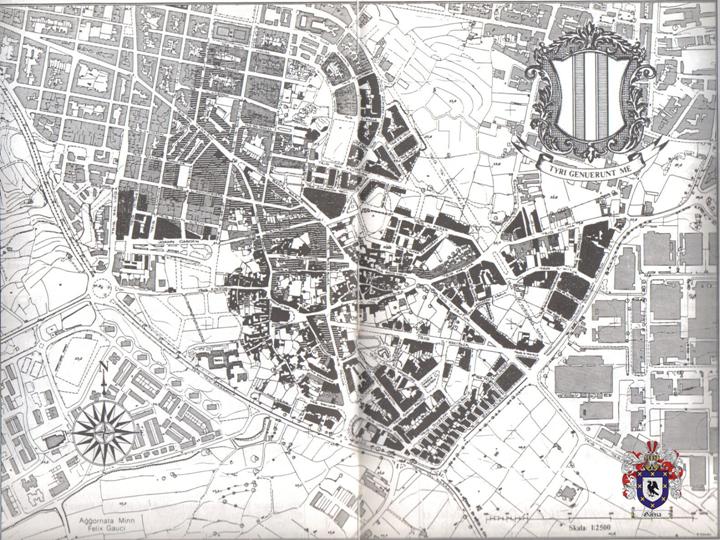


THE HISTORIC
by the late Rev. Mons.
The
Count Roger threw out the Arabs in 1090 AD (CE) and organized the island in a civil and religious way.
In the beginning there were two Parish Churches in Malta. The first was the Cathedral of Imdina the Capital city at that time and then the castle were Fort St Angelo is today in Borgo. Tarxien was under Borgo jurisdiction in a religious way. In the fifteenth century we find that there were 10 other parishes in
This was a dark era for
BETTER DAYS TO COME
1530 - 1787
The Knights of
After the victory of the Knights and the Maltese on the Turks, security was established on the islands.
Hal Tarxien felt the change because it was nearer Borgo (Victoriosa). During the Great Siege Tarxien became a slave market. Infact the square in front of the church is still named, "Market Place". The youths of the village were sold to noble Turks as slaves. But after the siege Tarxien became a place were rich and noble families build their villas for them during resting periods and for summer. Bishop Abela built his holiday residence here in 1563 AD (CE) and it is still in use. It is being renovated from scratch (2009 AD [CE]) All this was prosperous for the people of Tarxien.
In 1575 AD (CE) the Apostolic Visitor
THE BUILDING OF THE
In 1647 AD (CE) the historic Abela says that Tarxien had 168 houses with 690 inhabitants, and it was amalgamated with Bisqallin (Zejtun) in the case for military services. In Rahal Gdid (Paola), established by Grand Master De Paule in 1623 AD (CE) there were 50 houses with 160 inhabitants.
The Big plague of 1675 AD (CE) killed 150 inhabitants from Tarxien in four months. These were buried in a field called ta' l-infetti (Infected), today the
In the 18th century there were 900 inhabitants in 260 families. We can say that architectonic and great buildings we have in Tarxien have been build in this era. The church was extended three times. The side chapels in 1716, the façade in 1756 and decorated the church to their utmost. Bishop Labini consecrated the church in 1782.
At this time the parish priest was the Most Rev. Thomas Cyril Formosa (Dun Tumas Cirillu
FRENCH RULE
The 18th century ended with Napoleon occupying
In the 19th century a silent revolution took place in the life of politics, social and economy of the nation; we can say the fisrt steps in industry of the island.
In Tarxien we had the first elementary school in 1842, the clean up of Marsa and the new harbour was built, the building of the new civil prisons of Corradino and the enlargement of the drydocks. Because of all this the population of Tarxien and Paola grew larger. In a census of 1841 there were 917 inhabitants (Paola 107) and in 1861 in Tarxien there were 1265 in Tarxien and 485 in Paola.
THE LAST SOCIAL CHANGE
The new kind of work that came brought luck. We find new building down near Paola and in Paola itself; the establishment of the Band Club in 1862; the building of the chapel of
The dry docks were rebuilt larger and other good work in the 20th century continued to bring prosperity for Tarxien. The population became larger so the Bishop had to create a new Parish in Paola in 1910, Fgura in 1965 and Santa Lucija in 1968. Today Tarxien has the population of nearly 10,000.
The development is still going on with new residential building all over the place. And not mentioning the consequences of the two world wars when Tarxien had to give all it could for the two victories.
At the first half of the 20th century we see the building of the oratory of St. Aloysius by Rev Don Gwann Mamo, today the convent and church of the Augustinian Community who came in 1948; The coming of the Sisters of Charity in 1902; the building of the Government and private schools; the findings of the Neolithic Temples; the extension and building of the cemetery and church; the new church of the Augustinians, and many religious groups - Catholic Action and M.U.S.E.U.M. - Civic Council, the local council other social and political societies.
Then the parish church was given a facelift with the new marble pavement, the paintings of the ceilings from the artist Ganni Vella, Raphael Bonnici Cali and other artistic things.
Above all we see that Tarxien, prospered in all aspects of life along the whole centuries. Now it's for us to take care for all these wonderful and worthy things our fathers have left us.
Rev. Prof. Carm Sant
Translated by C. Garcia